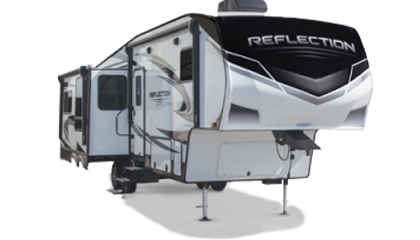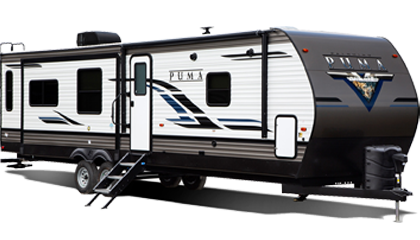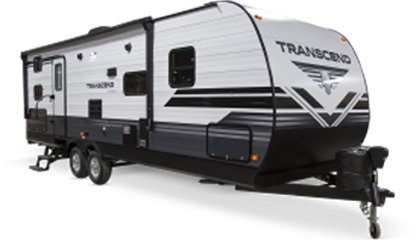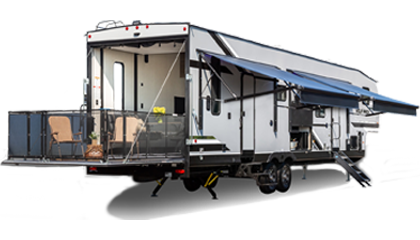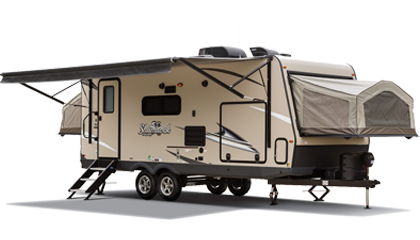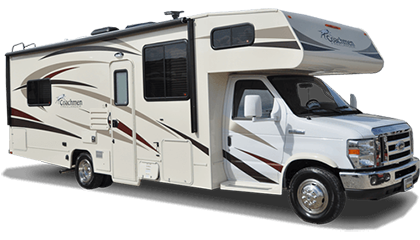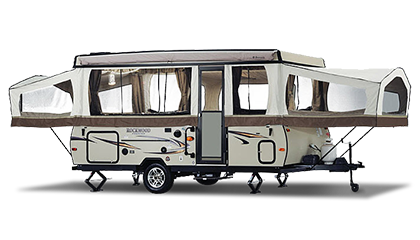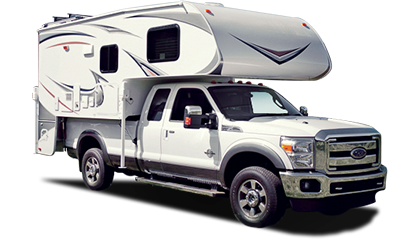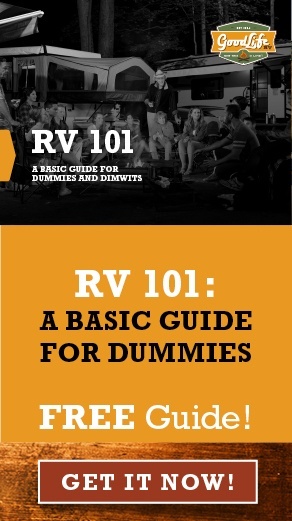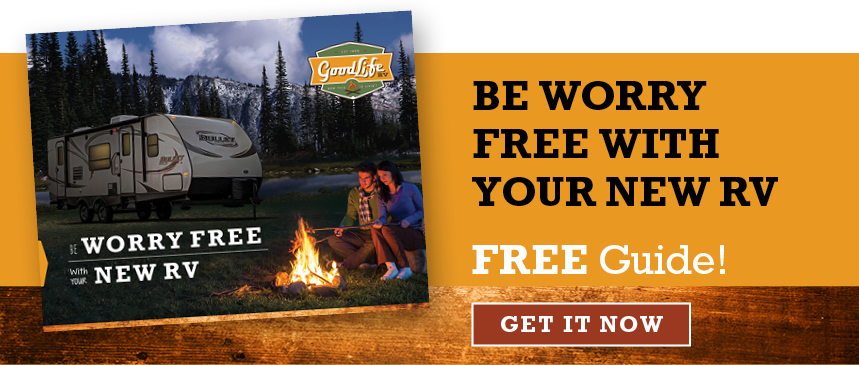Follow These Steps to Set Up Your First RV Campground
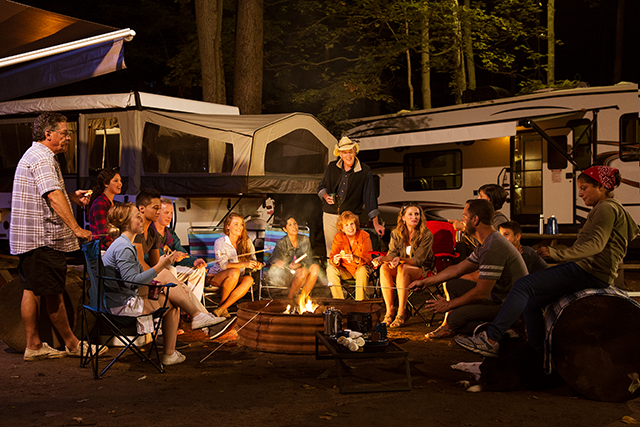
Going on your first RV trip can be a scary endeavor. Sure, the guy at the RV dealership knew what they were doing, but could you get everything arranged by yourself? What if you do something wrong?
Just like anything else, setting up your first RV campground takes some practice and a little tenacity. Here’s how to set up your first RV campground.
PRACTICE AT HOME
While your backyard isn’t the most prime camping spot in the world, it’s likely the best place to practice setting up camp. It’s a great place to learn the ropes without paying for a camping spot.
If you’re traveling with family and expect them to help out, it’s also the best time to introduce them to your RV, rather than when the pressure’s on and you’re trying to set up camp before nightfall.
ASK FOR HELP
On your first (or second or third—however long it takes you to learn the ropes) RV trip, don’t be afraid to ask for help. Everyone’s been a beginner at some point. The truth is that you’re navigating the use of a very expensive piece of machinery, and being too gung-ho or prideful about its use the first few times could be costly or dangerous.
Most RV campgrounds have a campground host that can assist in setting up camp, and all you have to do is ask.
If your campground doesn’t have that, don’t be afraid to ask another camper. They’ve been in your shoes before, and often asking for help is a great way of making camping friends. Offer them some food or a drink in exchange for their help.
WATCH OUT FOR OBSTACLES
What makes RV campgrounds so picturesque is often what makes them dangerous: trees. An errant limb can scratch or gouge your fiberglass siding or rubber roof, requiring a quick fix and possibly an immediate end to your vacation.
Bring a set of walkie-talkies or two-way radios along to help back into your campground. By having an extra set of eyes on your camper as you back up, you’ll be able to ease into the slip with no damage and set the groundwork for a smooth camping experience.
LEVEL
Once you find the right parking spot, you’ll need to level and stabilize your camper or fifth-wheel.
Though they may seem synonymous, stabilizing and leveling your camper aren’t the same thing. Leveling involves making sure your camper is “flat” (as in, not leaning toward a particular side), and stabilization makes sure the camper doesn’t rock back and forth when weight shifts around inside of it, or when you walk around inside of it.
Follow this great guide to do this in your RV.
POWER UP
You’ll likely want to use the refrigerator, watch TV or use electric lights while you’re camping. And unless you’re camping off the grid, that means you’ll have to plug your RV in.
Unlike plugging your computer into the wall at your house, plugging an RV into a power source at your campground can be a bit more complicated, and potentially dangerous.
Follow this awesome guide to get power in your RV.
WATER AND WASTE
Taking showers, using the sink: all luxuries that likely require a clean water hookup. This one’s easier. Your campground should offer a hose or other water source to provide clean water.
When you’re wrapping up your camping stay, you’ll want to dump your waste before you head home. Many campgrounds offer free or low-cost waste dumping.
THE FINISHING TOUCHES
The end is in sight! You’re almost at the point where you can kick up your heels and relax. But first, let’s put the finishing touches on your campsite.
Putting up an awning can seem complex, but with a little practice, they’re easy to use. Follow our guide in this great blog post to learn how to effortlessly put up your awning.
After that, bring out the grill, kick up your heels and relax. You’ve earned it.

